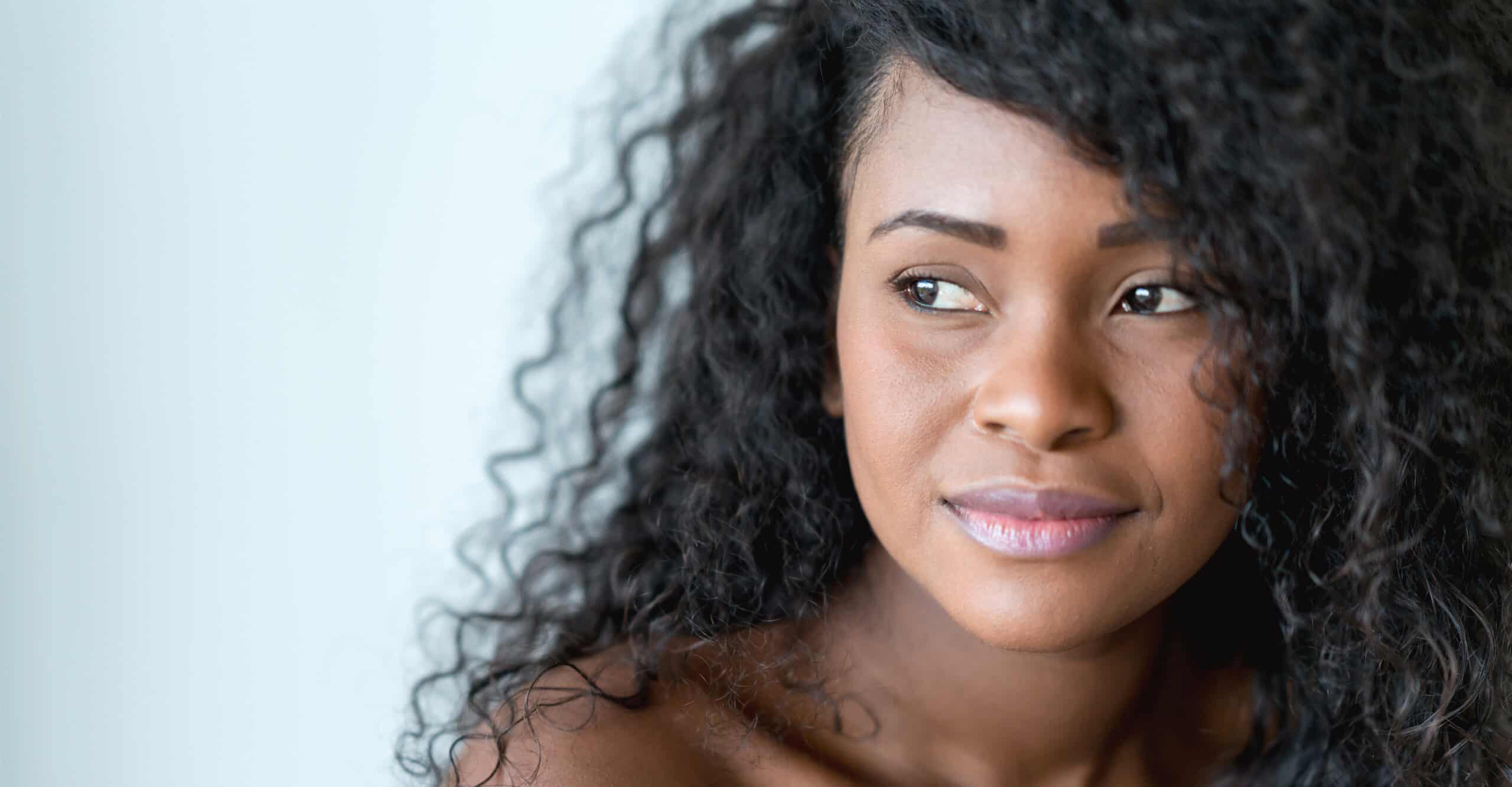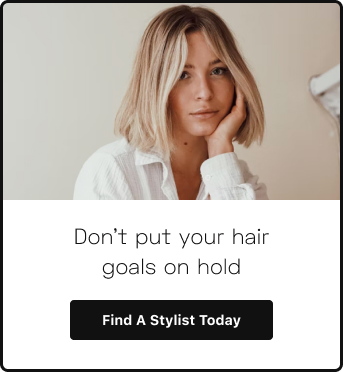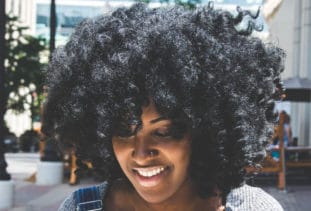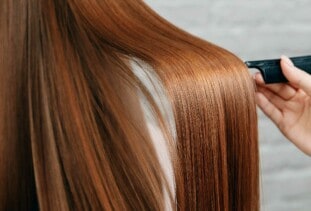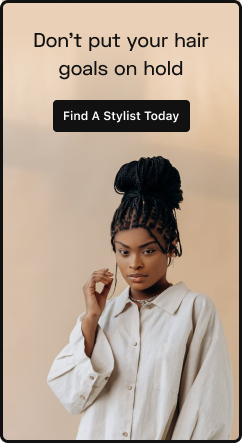Virgin hair is the best for a sew-in weave since it’s durable, doesn’t tangle as much as synthetic hair, and gives you lots of styling options. By definition, virgin hair is human hair that hasn’t been chemically treated. Virgin hair comes from many different sources and in a variety of textures. For example, you can get virgin Brazilian hair with a body wave. This will look and feel much different than straight Indian hair.
We know it’s not easy to pick hair since there are so many options and combinations. Since sew-ins are meant to stay in for a couple months, the hair you choose also makes a big impact on your day-to-day life. The longevity and looks you can achieve with your weave depend on the hair you choose. To help you decide, we put together this guide to help you pick out the best hair for a sew-in weave.
Hair types by source
Virgin hair qualities differ based on the source. For example, some hair is naturally heavier than others. We’ll briefly go over some of the qualities of different types of hair below to help you understand the basics.
It’s important to understand, however, that the hair extension market isn’t regulated. You may come across hair that’s mislabeled or purposefully passed off as the wrong type of hair. We recommend reading reviews, asking friends, and getting advice from Pros before you buy your first bundles.
Brazilian hair
Brazilian hair is soft, thick, and durable. It’s known for having medium luster and for holding tight curls well. This type of hair is not as prone to frizz compared to other types. You can achieve beautiful volume with Brazilian hair without needing lots of bundles.
Eurasian hair
Eurasian hair comes from donors who are European and Asian. Authentic Eurasian hair is expensive since it’s difficult to find. It’s soft, thick, sleek, and versatile. It has similar density to Brazilian hair, so it doesn’t require many bundles for a full look.
Indian hair
Indian hair is one of the longest-lasting types of hair you can use. It’s soft, versatile, durable, and not too prone to tangling. It’s also great for maintaining curls. However, it’s more inclined to frizz than other types of hair.
Malaysian hair
Malaysian hair is soft, silky, thick, and bouncy. The hair is on the heavier side and easy to style. It’s a great choice for holding bouncy curls. Malaysian hair is also much shinier than other types that tone down after a few washes.This type of hair can dry out if you don’t moisturize it, so work in some extra conditioning in your hair care routine to maintain it.
Peruvian hair
Peruvian hair is one of the most lightweight types of hair you can find. Even though it’s light, it’s still thick and can help you achieve a voluminous look. The hair is soft and becomes more curly when wet. However, true Peruvian hair is expensive since it’s difficult to find.
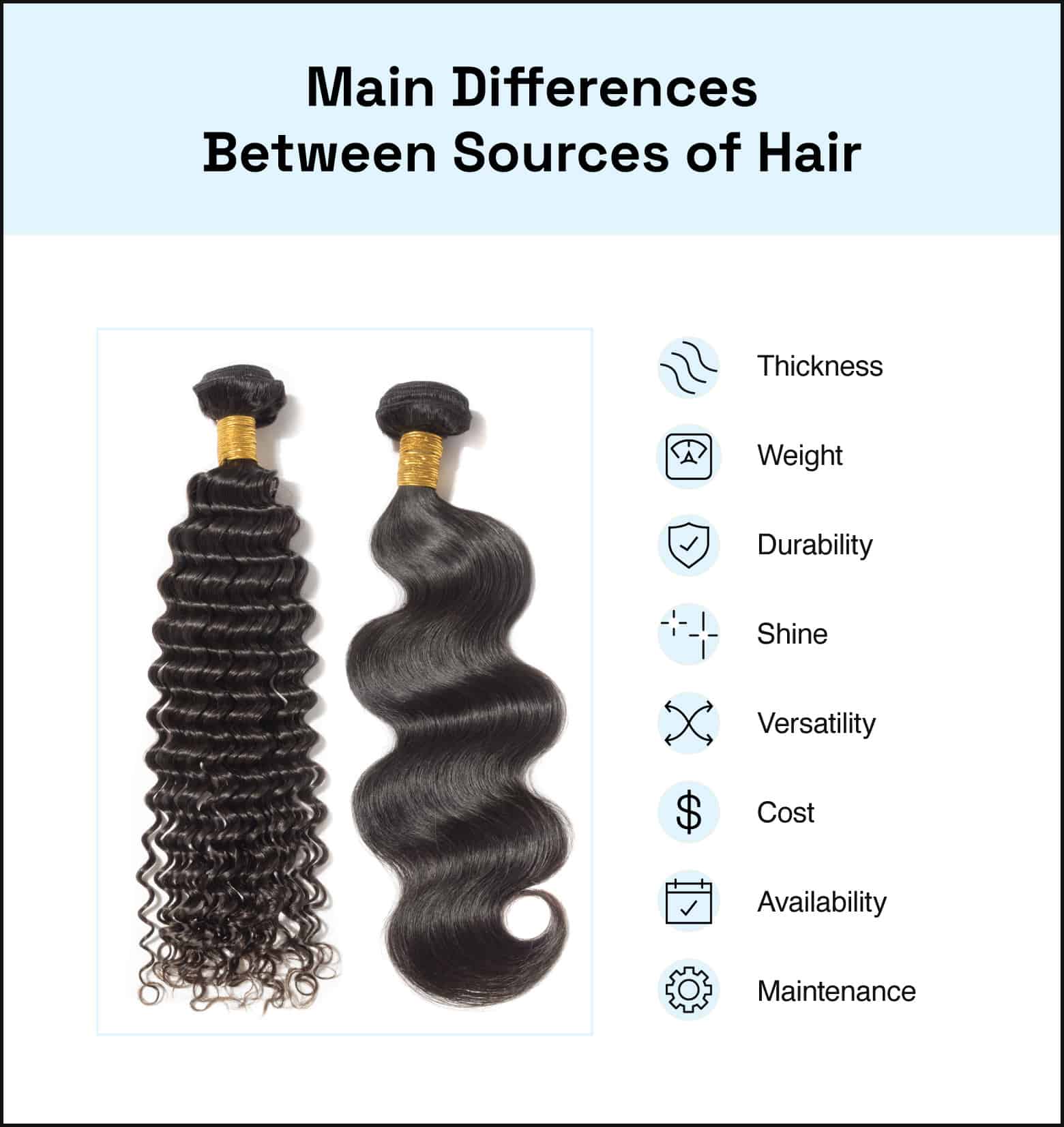
Hair textures
There are also many different textures to consider when picking out hair. Straight hair is the easiest to get and is more likely to be raw, while curlier hair textures may have had some steaming or styling done to it. We go over common textures below.
Straight
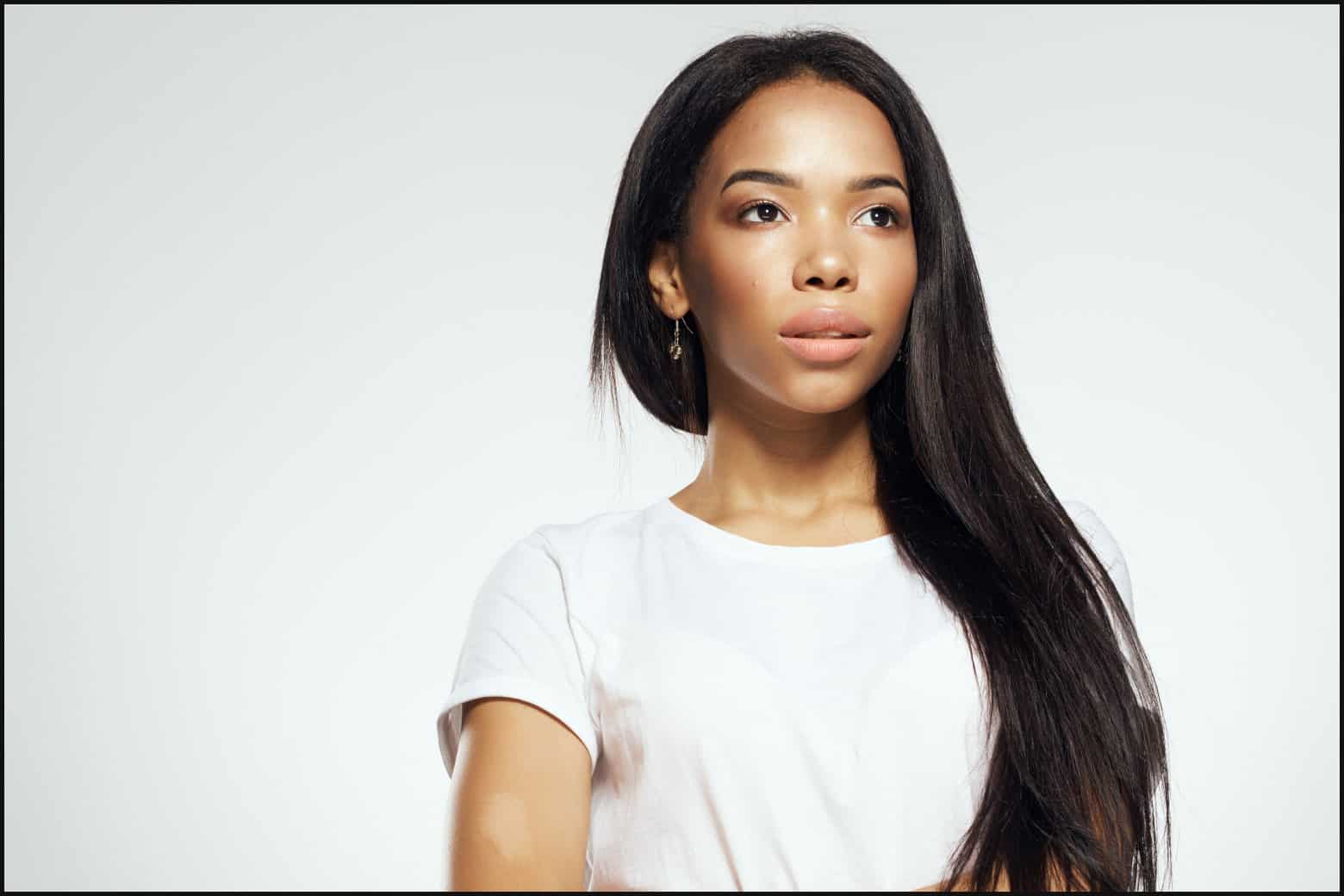
Straight hair is the most common texture and is typically affordable. Double-check the description before buying straight hair — some hair labeled “straight” can be bone straight or include some slight waves. If you’re looking for straight hair that matches type three or type four hair, you’ll want to look into Yaki hair.
Yaki
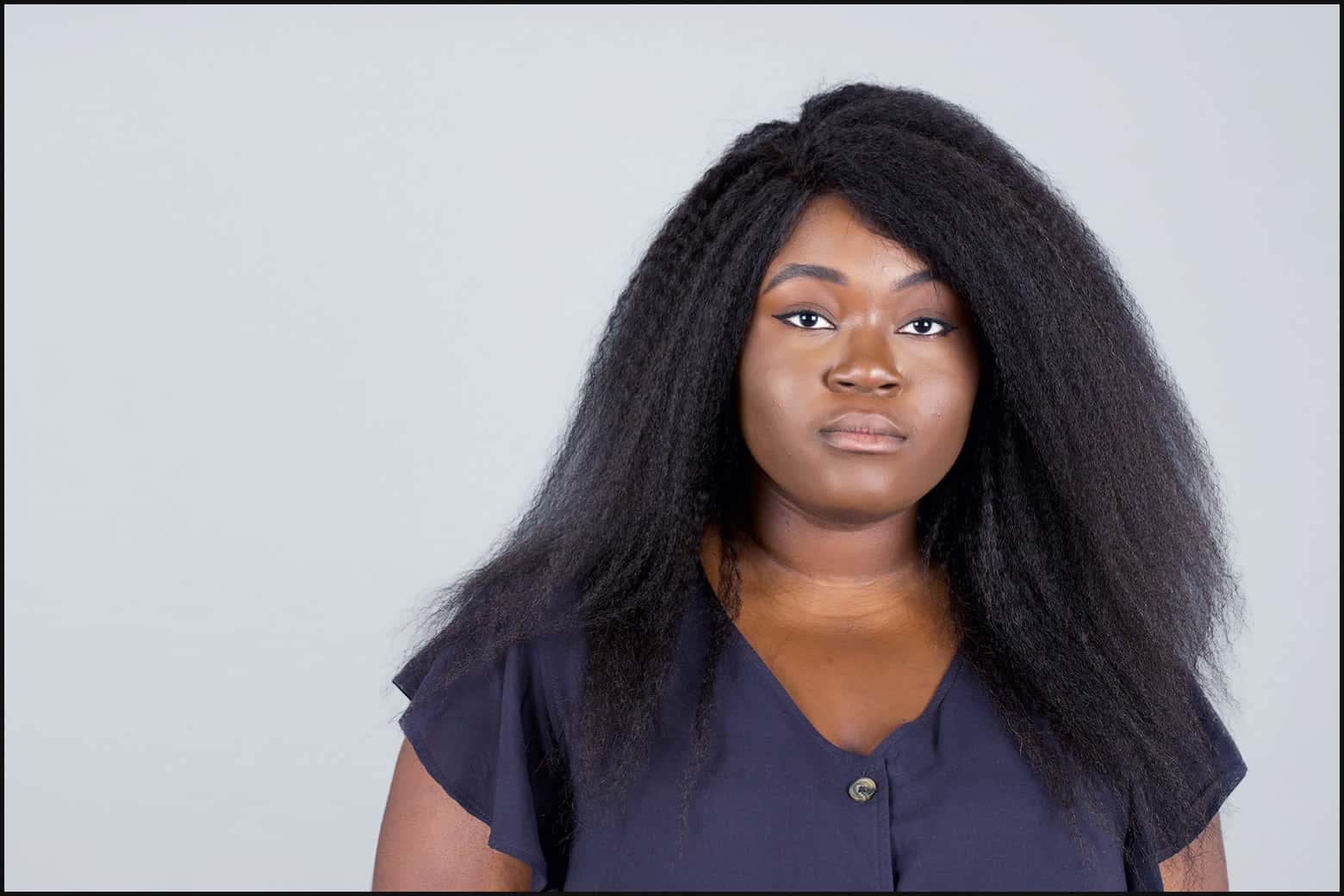
Yaki hair is also called kinky straight. This texture looks similar to relaxed natural hair or hair that’s been silk pressed.
Body wave
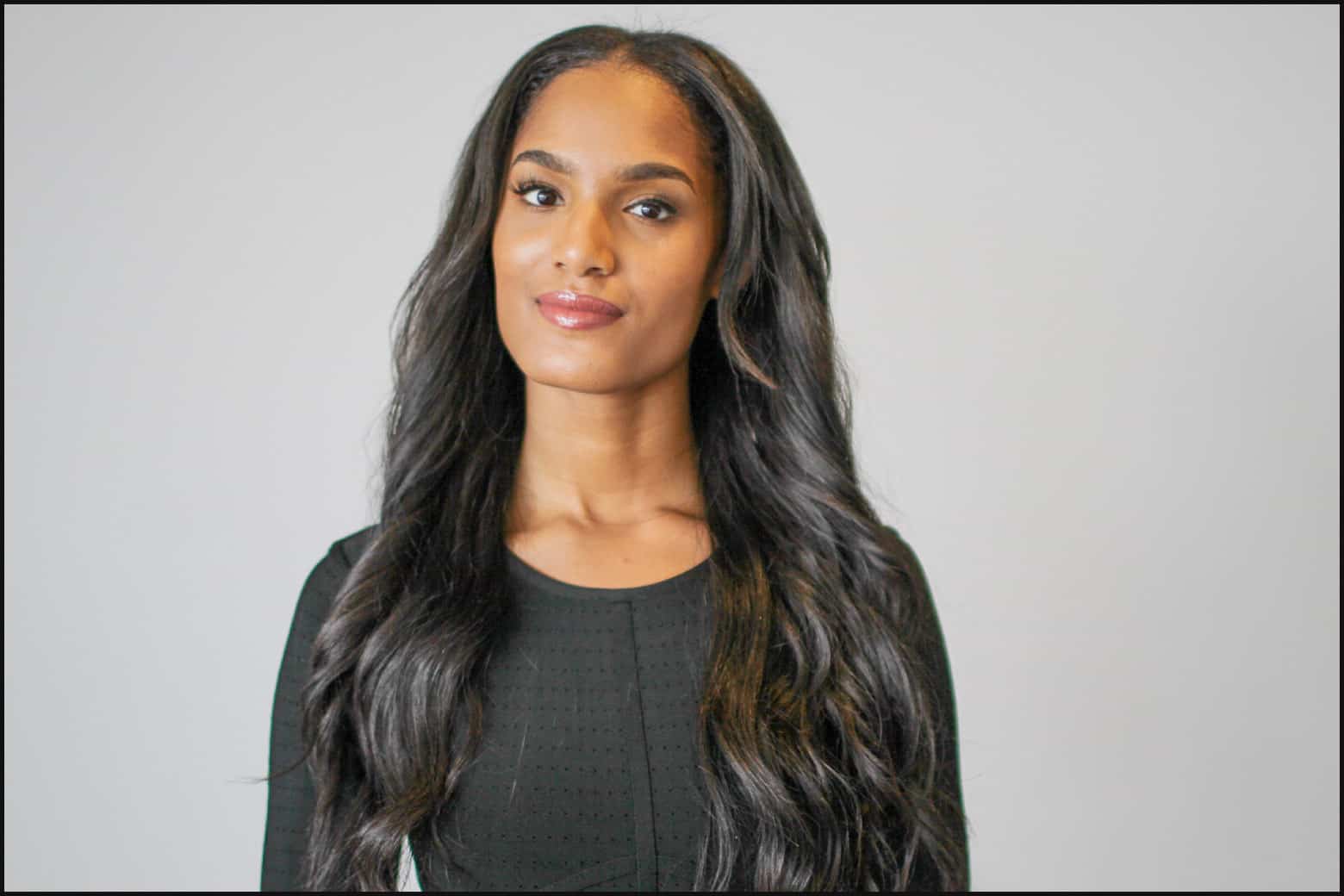
Body wave hair features very loose waves that look great left as-is or styled. The wave is found throughout the entire extension.
Loose wave
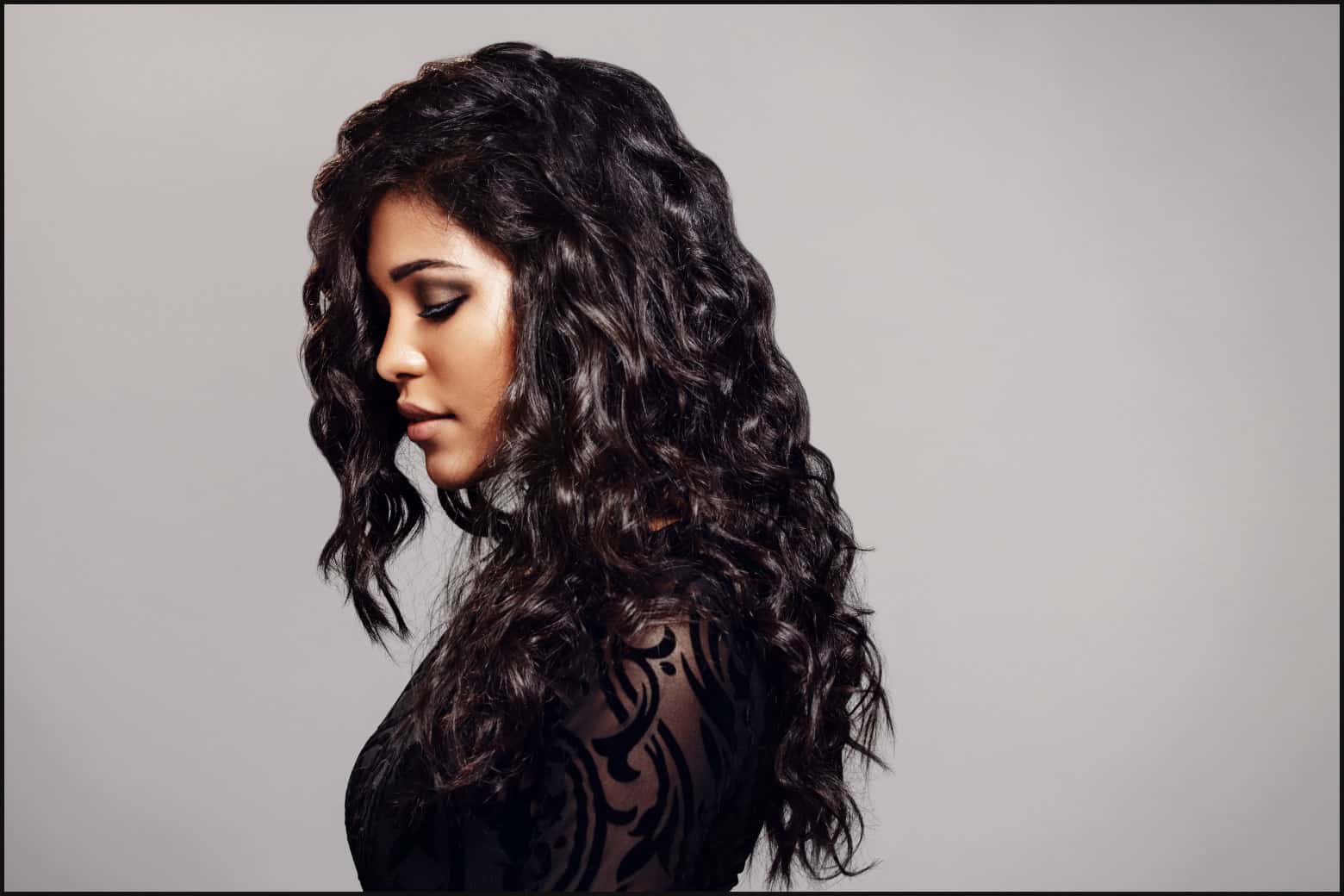
Loose wave hair looks very similar to body wave hair, but loose waves have slightly tighter waves than body wave hair.
Water wave
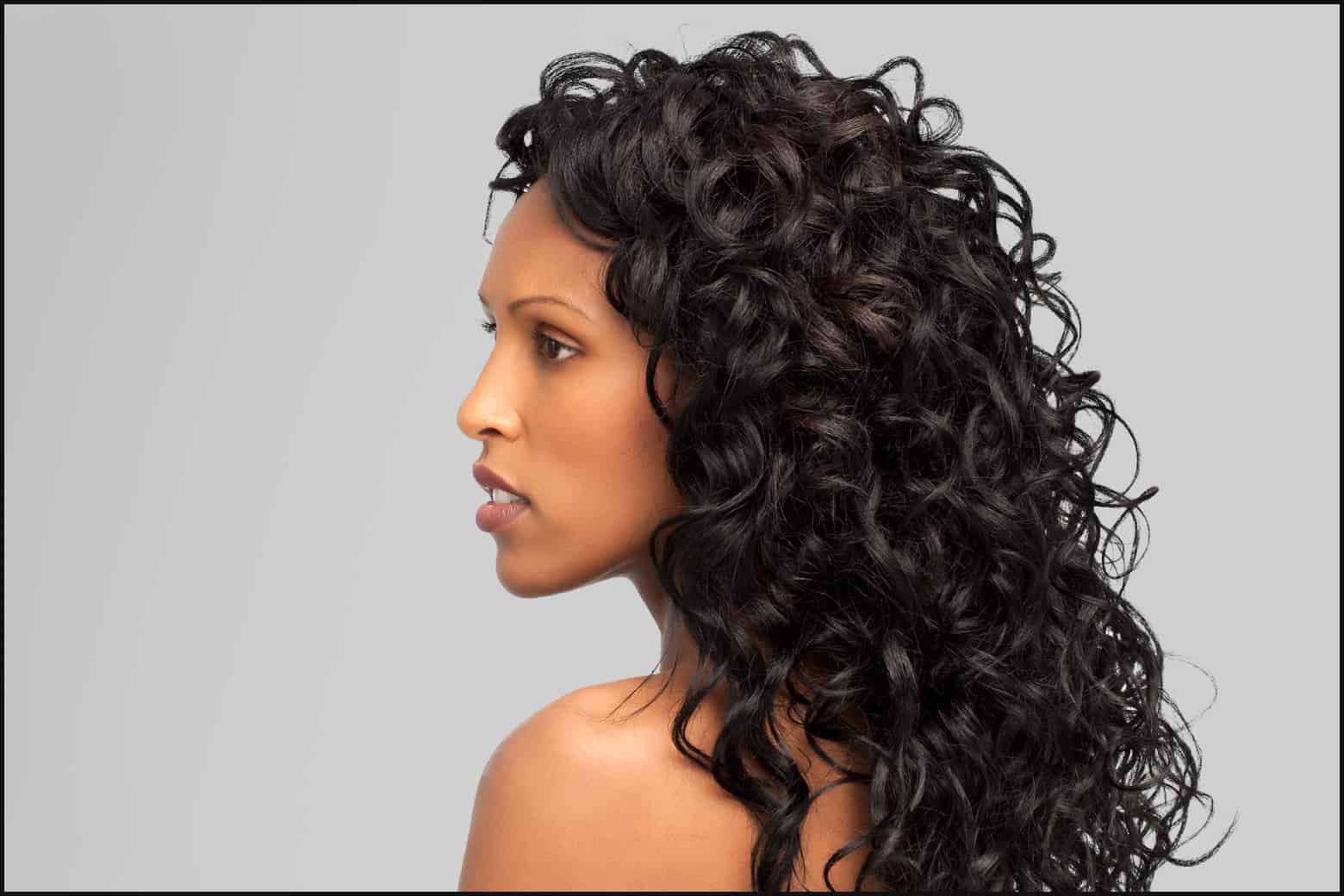
Water wave hair is similar to many curly textures and blends well with most natural hair. It looks similar to deep wave hair, but the curls flow in different directions.
Deep wave
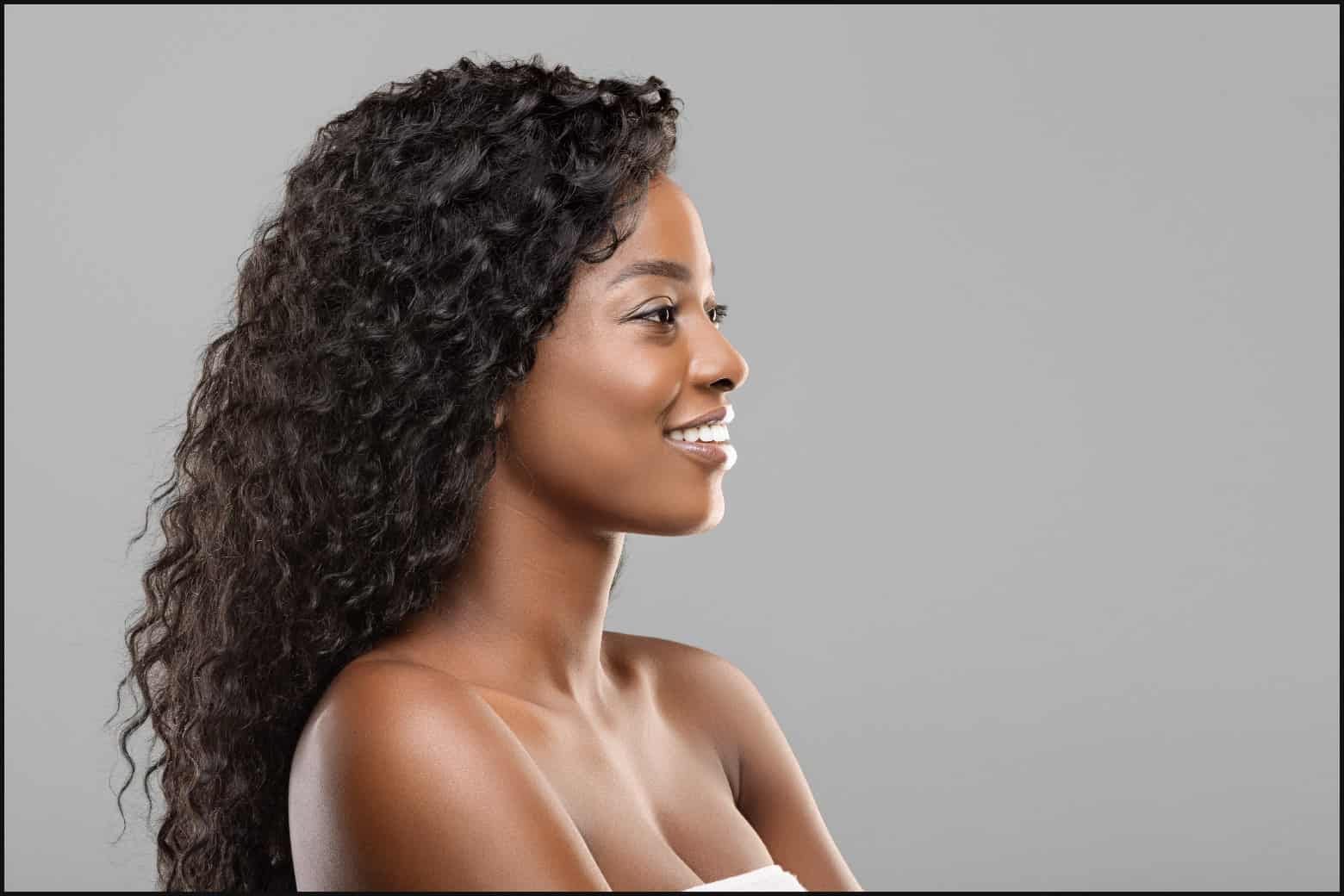
A deep wave has tighter waves than body wave and loose wave hair, but doesn’t have a true curl. It’s normally thick and shiny, and the waves go in the same direction.
Curly
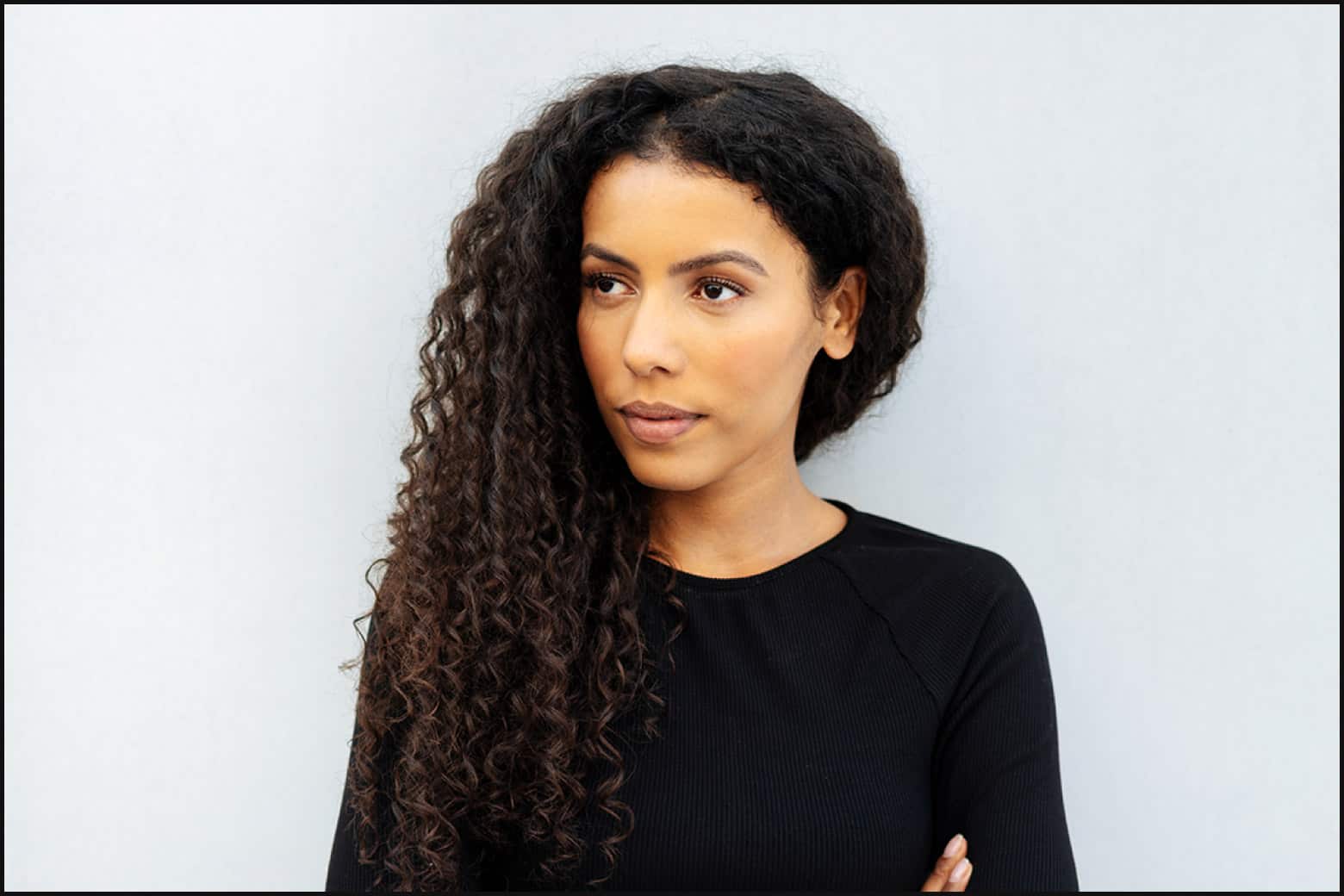
Curly hair has true curls, unlike the last few types we talked about. Curly hair can range from loose curls to tight and coily curls.
Kinky curly
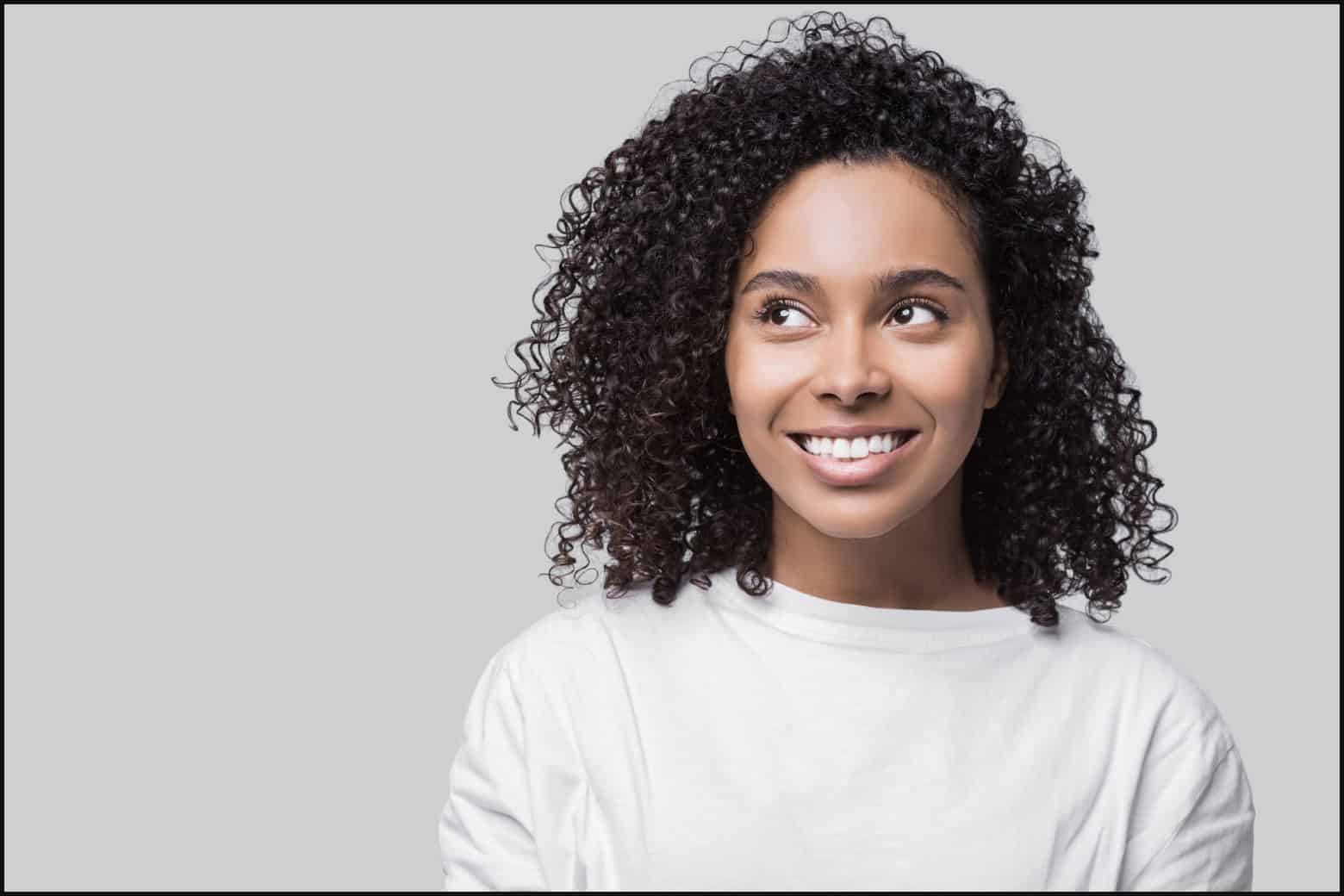
This hair texture is great if you naturally have kinky curly hair and want to add more length or volume. Kinky curly extensions feature tight and springy curls.
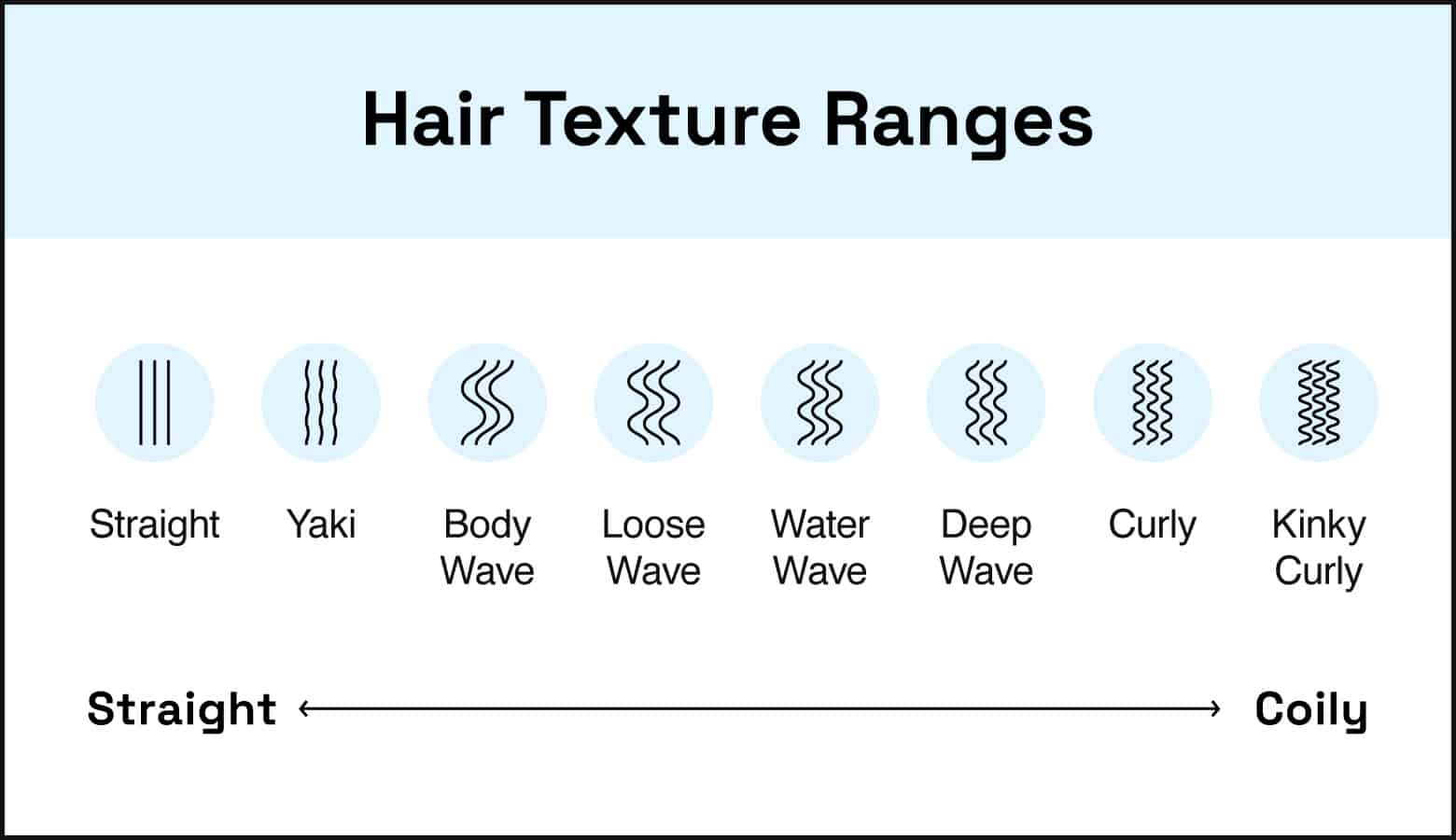
What to consider when buying hair
The best hair for you comes down to your own hair texture, lifestyle, styling needs, and the look you want to achieve with your sew-in installed. Here are a few things to keep in mind when shopping for hair:
- Cost: Does the look you want fit within your budget? Do you want to reuse the hair? How much are the hair extensions you want?
- Texture: Do you want a texture that matches your natural hair? Do you want a texture that doesn’t require much styling? Do you want to switch up your regular look?
- Color: Do you want a more rare and more expensive hair color? Do you want to dye the hair? Does the hair naturally come in the color you want?
- Length: Is your ideal length in your budget? Do you have time to care for the extra length?
- Ethics: Was the hair ethically sourced? Is this info easy to check?
- Look: Can you achieve your dream look with the hair you picked out?
A weave Pro can easily answer some of these questions before your appointment if you aren’t sure. They have the expertise to recommend a few options that work best with all of the must-haves on your list.
What about synthetic hair?
Although we recommend virgin human hair, you can still use synthetic hair for sew-in weaves. Synthetic hair is much more affordable than human hair and if you don’t plan on styling your hair much, synthetic may be a better option.
However, synthetic hair may not be a great option if you don’t want to spend extra time caring for it. Synthetic hair tends to be drier and rougher than human hair, so it requires more moisturizing and nourishment to manage tangles.
Frequently asked questions about weave hair
We went over many of the basics of buying weave hair. We’ll go over some common questions below, as well as other factors you may not know about.
How much do weaves cost?
Weaves can cost anywhere between $80 to $600 depending on the type of hair you use and where you go to have it installed.
Why does some new hair come with a distinct smell?
The smell you encounter after taking it out of the packaging normally comes from the oil used on the hair. This oil protects it during shipping and preserves its shine. The smell normally goes away after washing the hair.
How long does weave hair last?
A sew-in weave can last between six to eight weeks. The installation process secures the hair well for long-term wear; however, the longevity of any type of hair extension depends on how well you care for the hair. You need to keep your hair clean, moisturized, untangled, and protected from the elements as much as possible.
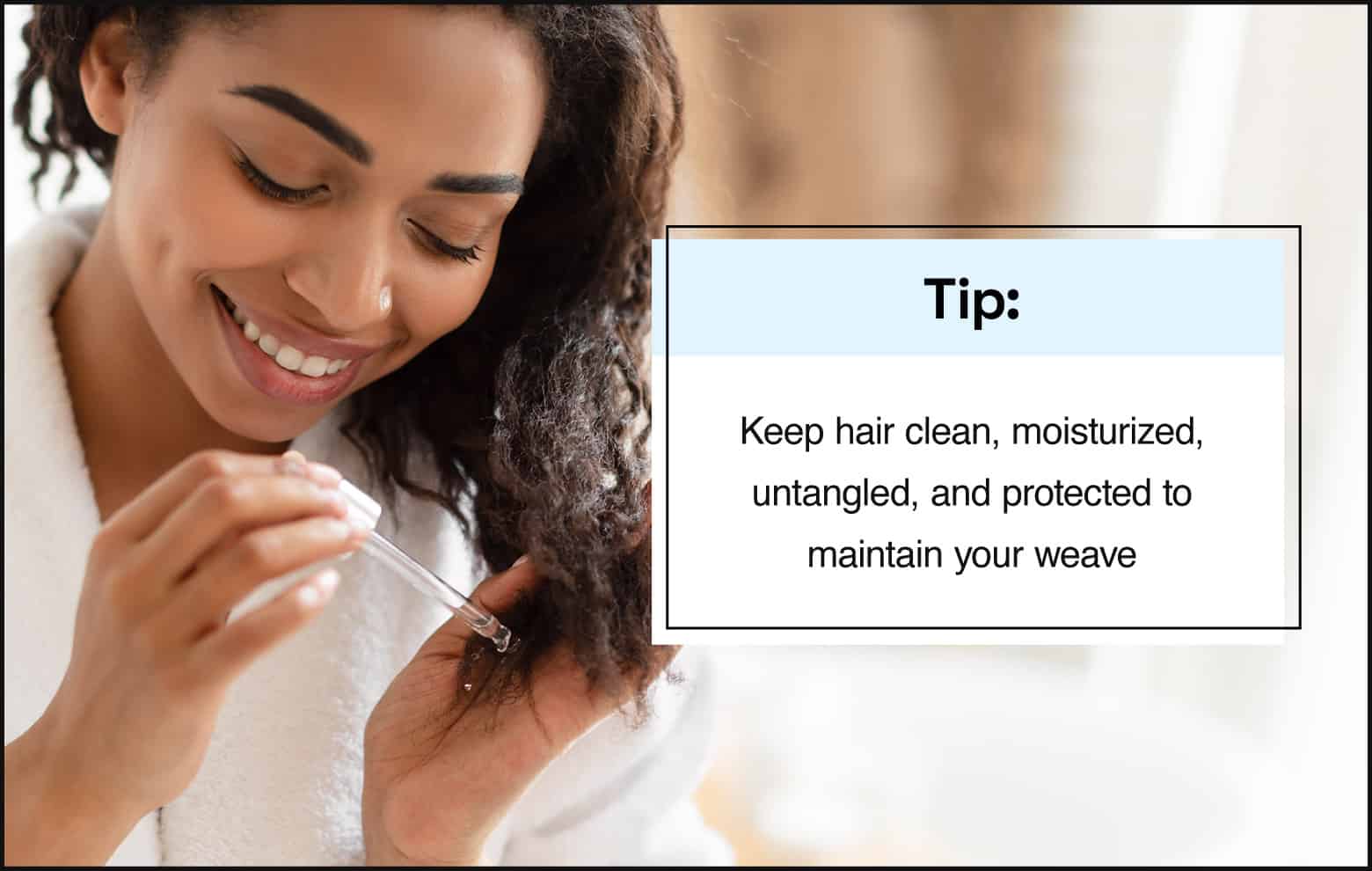
How can I prevent my hair from getting tangled?
You can prevent tangling by keeping the hair moisturized and smooth. Weave hair needs extra nourishment since it can’t get the natural oils from your scalp. You can also prevent tangling by sleeping on a satin pillowcase, keeping your hair wrapped in a satin headwrap, and braiding your hair before bedtime.
Satin keeps your hair smooth. It also causes less friction with your hair compared to cotton and other materials. Braiding your hair gives it a more stable structure and prevents friction and tugging while you sleep.
You can also prevent tangling by using high-quality hair for your weave. Look for virgin hair bundles that have all of the strands aligned. This alignment prevents tangling since the hair is going in one direction.
How do I prevent smells from my sew-in weave?
You can prevent smells by properly cleaning your sew-in weave and natural hair, and letting your hair fully dry afterwards. You can use dry shampoo to keep your hair clean in between wash days.
Can a sew-in make my hair grow faster?
No, a sew-in cannot speed up the natural growth of your hair. A sew-in does prevent breakage, however, since it gives your natural hair a break from daily styling.
It takes some research to find the best hair for a sew-in weave. There’s undoubtedly lots of hair options to choose from and even more factors to consider once you get the facts. If you still have questions, you can chat with a weave Pro near you to get personalized advice based on your hair, lifestyle, and the final look you want to achieve.
